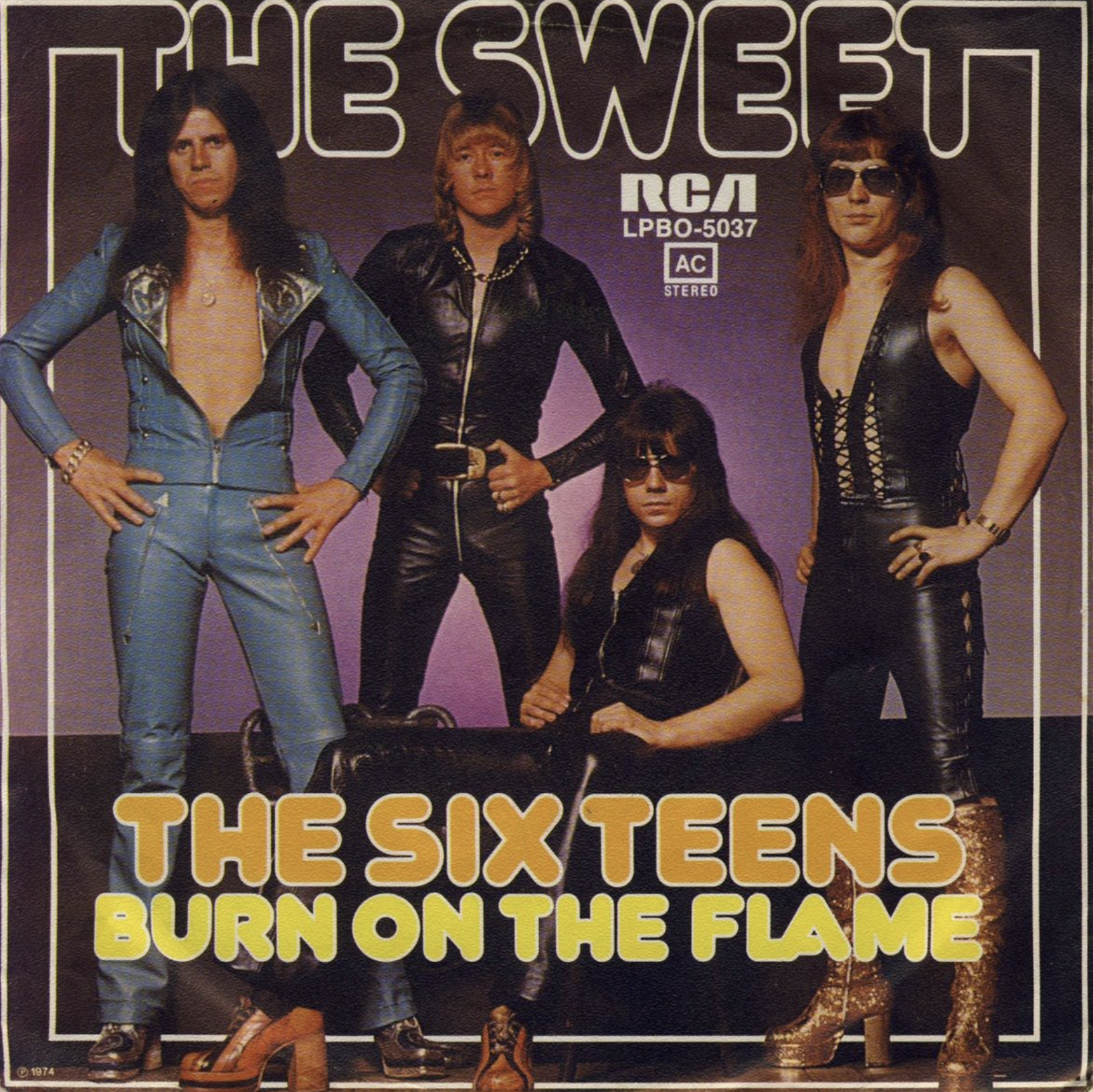
About the Song
The landscape of 20th-century music is dotted with towering monuments, works of art that transcend mere popular appeal to become cultural touchstones. Among these, Queen’s Bohemian Rhapsody stands as a particularly audacious and enduring example. Released in 1975 as part of their album A Night at the Opera, this six-minute epic defied convention, blending elements of ballad, opera, hard rock, and even a cappella into a seamless, if unconventional, whole. More than just a song, Bohemian Rhapsody is an experience, a journey through shifting sonic landscapes that continues to captivate and intrigue listeners decades after its release.
The song’s genesis lies in the fertile mind of Freddie Mercury, Queen’s charismatic frontman. Mercury’s vision was ambitious, aiming to create a piece that broke free from the constraints of traditional pop song structure. This ambition is immediately apparent in the song’s opening, a gentle a cappella introduction that builds in intensity, setting a dramatic and almost theatrical tone. The lyrics, shrouded in ambiguity and open to various interpretations, hint at themes of life, death, and the search for identity. Lines like “Is this the real life? Is this just fantasy?” resonate with a universal yearning for meaning and understanding.
The ballad section that follows maintains this introspective mood, showcasing Mercury’s exceptional vocal range and emotional delivery. The instrumentation is sparse, allowing the lyrics and melody to take center stage. This section builds gradually, creating a sense of anticipation for the dramatic shift that is to come.
And then, the opera. This is the section that truly sets Bohemian Rhapsody apart. A whirlwind of operatic vocals, layered harmonies, and dramatic instrumental flourishes, it is a breathtaking display of musical virtuosity. The sheer audacity of this segment, its placement within a rock song, was unprecedented at the time and remains a testament to Queen’s willingness to push boundaries.
The song then transitions into a hard rock section, a raw and energetic outburst that provides a stark contrast to the preceding operatic interlude. This dynamic shift is a masterstroke, maintaining the listener’s engagement and preventing the song from becoming predictable. The final section returns to the ballad style of the beginning, bringing the song to a poignant and reflective close.
Bohemian Rhapsody is not merely a collection of disparate musical segments; it is a carefully constructed narrative, a mini-opera in its own right. Its enduring appeal lies in its ability to evoke a range of emotions, from introspection and melancholy to exhilaration and pure rock and roll energy. It’s a testament to the genius of Queen, and Freddie Mercury in particular, that this unconventional masterpiece continues to resonate with audiences across generations, cementing its place as one of the most important and influential songs in music history.